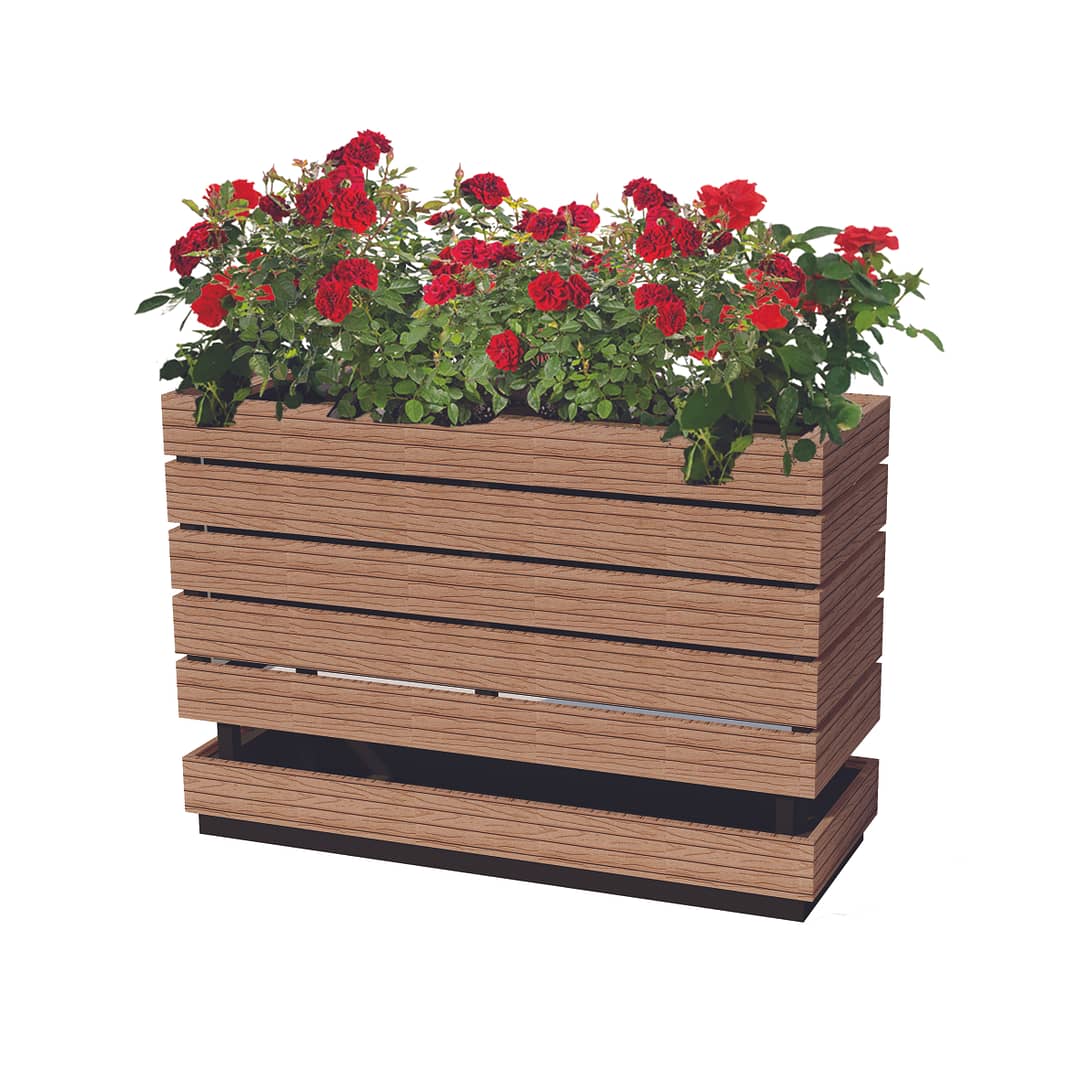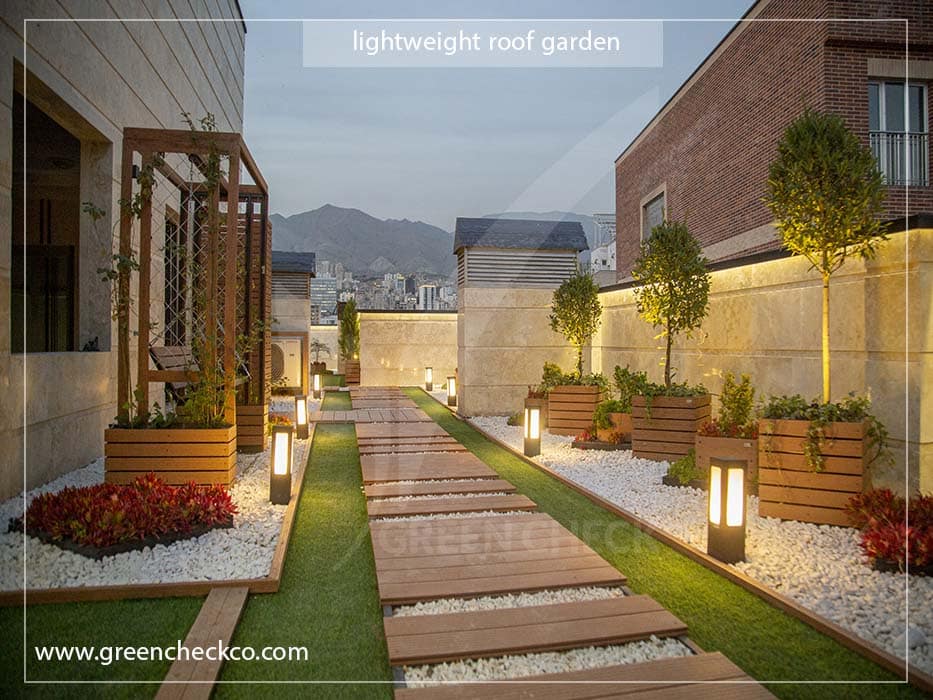lightweight roof garden
A lightweight roof garden, also known as a green roof or a living roof, is designed to be installed on a building's roof. It involves cultivating plants, including grasses, flowers, shrubs, and even trees, on a specially engineered structure that is lightweight and can support the weight of the garden without compromising the integrity of the roof or the building.
Here are some key features and considerations for creating a lightweight roof garden:
1. Structural Considerations:
Before installing a roofgarden, it is essential to assess the structural capacity of the building and ensure that it can support the additional weight of the garden, including the soil, plants, and any additional infrastructure.
2. Lightweight Materials:
To keep the overall weight of the roof garden low, lightweight and specially designed materials are used. This includes lightweight soil mixes, lightweight planters or containers, and lightweight construction materials for the garden structure.
3. Waterproofing and Drainage:
Proper waterproofing and drainage are crucial to prevent water leakage into the building. Waterproof membranes are typically installed on the roof surface to protect the building structure. A drainage layer is also incorporated to allow excess water to drain away, preventing water buildup and potential damage.
4. Soil and Plant Selection:
Lightweight soil mixes are often used in roof gardens to minimize weight while providing adequate nutrition and moisture retention. These soil mixes are usually composed of lightweight materials such as expanded clay, perlite, or coir. Plant selection should focus on species well-suited to the rooftop environment, including plants that can tolerate exposure to wind, sun, and limited soil depth.
5. Irrigation:
Due to roof gardens' elevated and exposed nature, irrigation systems are often necessary to provide plants with adequate water. This may include drip irrigation systems or other water-efficient methods to minimize water usage.
6. Maintenance and Accessibility:
Consider the accessibility and maintenance requirements of the roof garden. Ensure safe and convenient access to the garden for maintenance tasks such as watering, pruning, and weeding. Regular maintenance is essential to keep the roof garden healthy and thriving.
When embarking on the journey of creating a lightweight roof garden, it is crucial to seek professional consultation. Architects, structural engineers, and landscape designers with expertise in this field can guide you through the process, ensuring that your roof garden is aesthetically pleasing, structurally sound, and safe.
A lightweight roof garden not only enhances the aesthetics of a building but also offers a myriad of environmental benefits. It can significantly improve insulation, manage stormwater effectively, and support biodiversity. Mitigating the heat island effect in urban areas contributes to environmental sustainability, making it a truly inspiring choice for any building owner or architect.

















